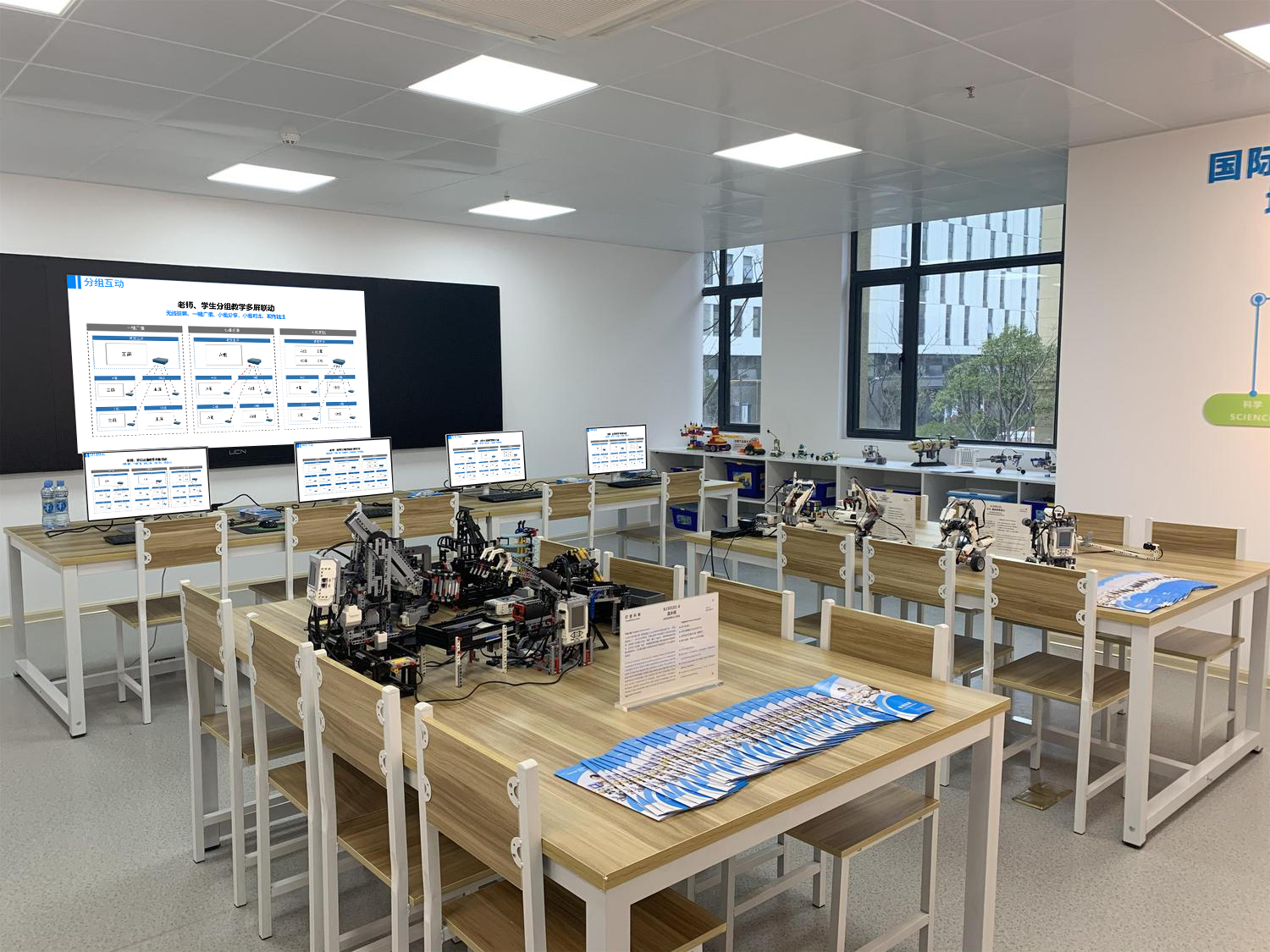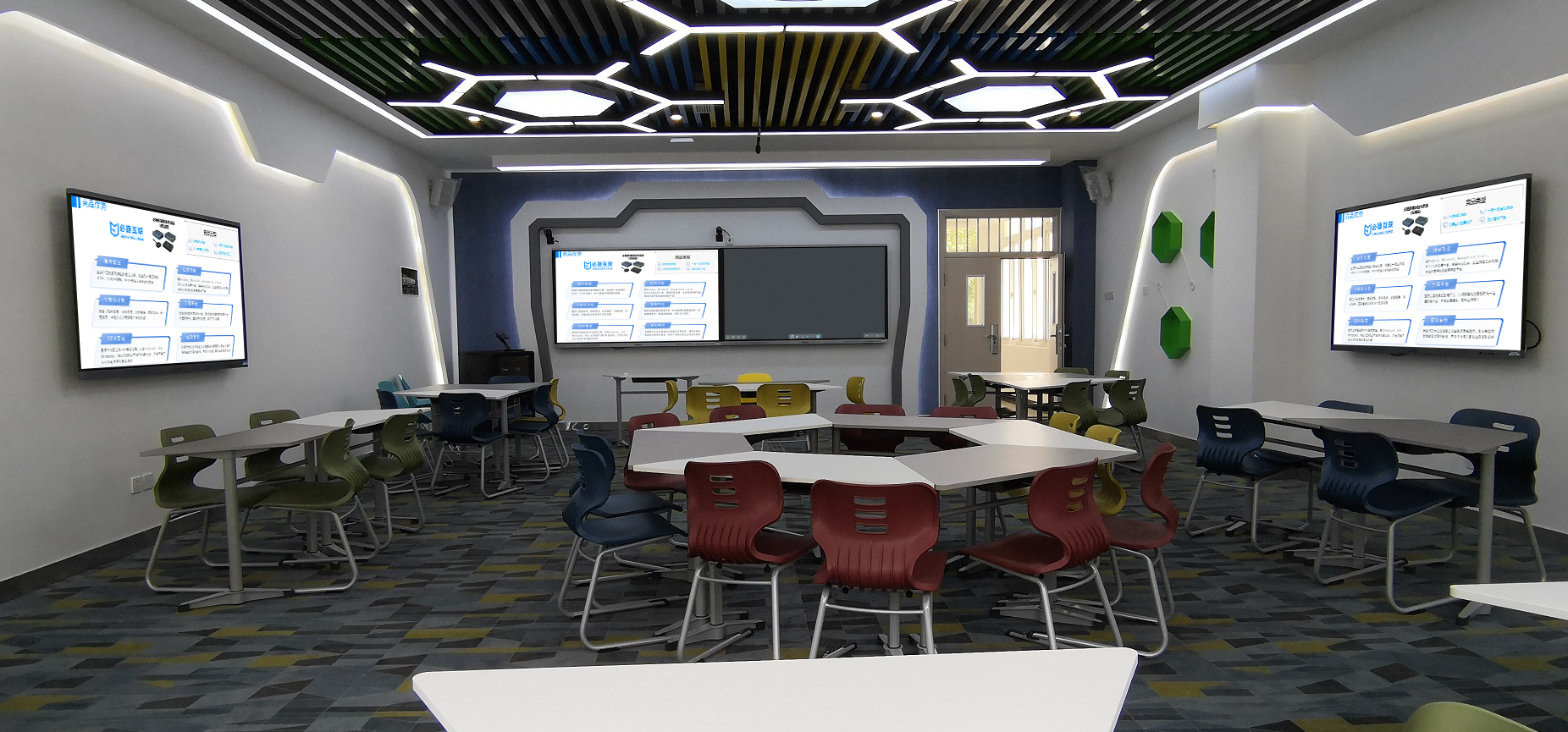Smart Classrooms: Screen Mirroring Technology Activates a New Form of Classroom Interaction
In a smart classroom, the key to boosting efficiency is to find a way to make devices like phones, tablets, and computers work seamlessly with a large teaching screen and break the traditional one-way teaching model. A professional screen mirroring device that’s deeply optimized for an educational setting can be the link that connects teachers, students, and devices, making knowledge transfer more vivid and interaction smoother.
Multi-Device Collaboration: Building a Seamless Teaching Link
The core of a smart classroom is the flexible flow of educational resources, and a professional mirroring device’s universal compatibility provides the foundation for this. The BizLink Screen Mirroring Adapter has a chip that’s specially made for educational scenarios. Whether it’s a teacher’s Windows laptop or Android tablet, or a student’s iPhone or Chromebook, they can all connect to a large teaching screen with wireless mirroring. The teacher can simply use the mirroring function on a classroom computer to instantly mirror a lesson they uploaded to the cloud. Students can share a classroom assignment they completed on a tablet to the main screen with a single tap, and the whole class can critique and make changes together. Even better, it supports multi-device mirroring, with up to 4 screens on a split display. When students are in groups, the results from each can be shown at the same time, which completely breaks the limitation of “one person presents, everyone else watches.”
Upgraded Interaction: From “Watching” to “Participating”
The scenario-based functions of a professional mirroring device are changing the way a smart classroom works. The BizLink adapter’s “touchback” technology allows a teacher to annotate a lesson and highlight key points directly on a large teaching screen. The commands will be synchronized back to the connected tablet, so they don’t have to keep going back and forth between the podium and a student’s desk. When a teacher asks a question, a student can scan a code with their phone to mirror their answer to a large screen. The teacher can then use the device’s “annotate and grade” function to instantly give feedback and save a screenshot of an excellent answer to a teaching resource library. For a lab, students can use their phones to record a video of the process and mirror it to a large screen in real time. The teacher can then pause the screen to explain a key step, and with the device’s audio noise-canceling function, their voice will be clear even if the lab is noisy, so no detail is missed.
Stability and Convenience: Two Must-Haves for a Classroom
A smart classroom has very high demands for a device’s stability and convenience. The BizLink adapter is perfectly suited for this with its targeted optimizations. For stability, it uses 5G dual-band Wi-Fi and anti-interference technology, so even with multiple wireless signals around the classroom, a mirrored lesson or a teaching video can maintain a smooth 60 frames per second, with a latency of less than 20 milliseconds. This keeps it from interrupting a lesson. For convenience, it supports “one-tap mirroring” and “classroom mode.” Before class, a teacher just has to enable the preset mode, and all of the teaching devices will automatically recognize the device. Students can mirror without a complex verification—they just have to scan a code—and the whole process takes less than 10 seconds. The device also supports a connection with the smart classroom’s central control system, so a teacher can control the mirroring from a podium panel, which matches their habits.
The essence of a smart classroom is to use technology to empower teaching, making knowledge transfer more efficient and interaction more in-depth. A professional mirroring device like Bijie is like the “nerve center” of a smart classroom. With its multi-device collaboration, scenario-based interaction, and stable and convenient features, it makes the connection between teachers, students, and devices more natural and brings a vibrant technological life to the classroom.